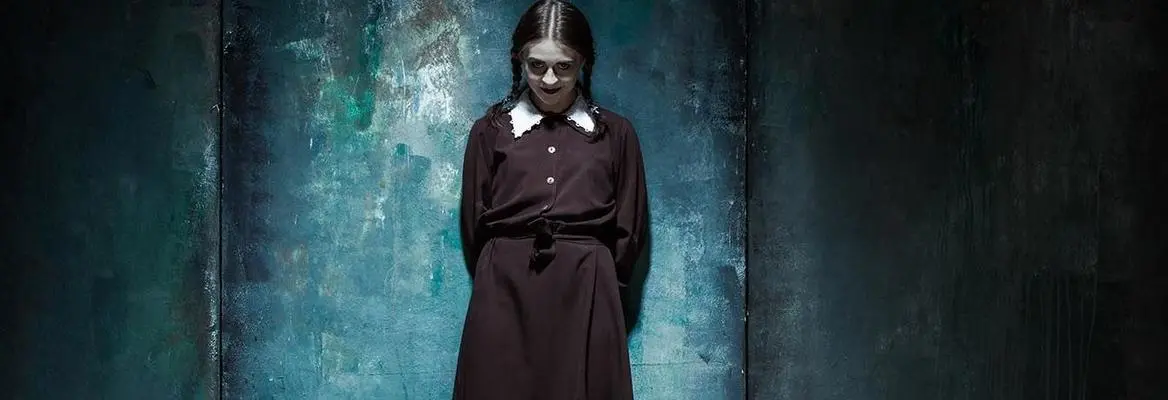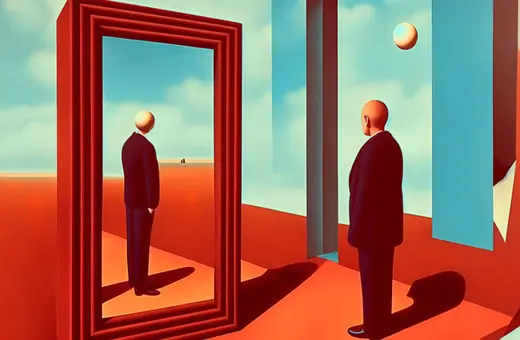When Wednesday Addams attends a Halloween party in the 1991 film adaptation of the comic horror classic, The Addams Family, a puzzled schoolmate asks her why she doesn’t seem to be wearing a costume. “I’m a homicidal maniac,” Wednesday replies serenely, “They look just like everyone else.”
The irony is that Wednesday’s distinctive look - sleek black plaits, narrow black dress and sharp white collar – has itself become an iconic Halloween costume. Her observation, though, that Halloween is an opportunity to look like everyone else isn’t exactly right. It’s true that come late October our streets will teem with the usual brigades of small ghosts, skeletons, witches, mummies and Marvel superheroes. High on sugar, their sticky fingers will ceremonially ransack the proffered bags of Haribo. But the business of dressing up – whether in Halloween costumes or fancy dress – also poses more unusual questions about the relationship of clothes to identity and the very idea of an authentic self.
Imitation may be the sincerest form of flattery, but if human beings are capable of impersonating each other, what does that mean for the notion of a unique selfhood? And are there essential aspects of identity and experience that are bound up in the seemingly insignificant matter of what we wear?
Wednesday Addam’s familiar uniform derives from the original cartoon created by Charles Addams, which ran in the New Yorker between 1938 and 1988. She remains a style icon today. Only earlier this year, British Vogue announced Wednesday as “fashion’s favourite muse” for the Autumn/Winter 2019 season, with both Miuccia Prada and Versace resurrecting sleek centre-partings, jailhouse stripes and an attitude of grungy disaffection. Fashion exploits the idea that our clothes can serve as a shorthand for character. But regular clothes can do this too, with a seemingly supernatural efficiency: think only of the suit that immediately imbues you with authority or the glasses that grant you a new seriousness.
The transformations that our clothes can enable are exciting, but they can also dislodge our self-assurance. How, for instance, can it be that we so easily emulate others in what we wear? When we adopt each other’s style, perhaps we reveal how interchangeable and indistinct we really are. We make light of costumes, but doesn’t their very possibility contest what we regard as our as unique personhood? If I can glibly dress as someone else, how, then, are any of us ourselves at all? Anxieties about authenticity linger under the surface of all forms of dress. We seek clothes that we think ‘are us’, and there is an implicit insolence in the ready-to-wear, off-the-rail garments we rifle through and which reveal us only to be generic. At the same time, there is also the deep, irresistible promise of clothes: the possibility of presenting ourselves anew every day.
On Halloween, we’re encouraged to relish in that potential with an unembarrassed zeal. Why be yourself when you can be a zombie bride, the poop emoji, Beetlejuice or Boris Johnson – take your pick. This practice of dressing up for Halloween can be traced back to the customs of “mumming” and “guising” popular in Britain from the 16th century. Early trick-or-treaters, known as “mummers” and “guisers” would travel from house-to-house, reciting verses or songs in exchange for food. Their costumes were efforts at impersonation – often memorialising the dead – or else warding off evil spirits.















Join the conversation